Will this be ok for a substitute for Turface?
danesnpits
10 years ago
Related Stories
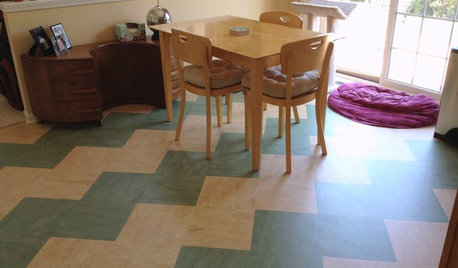
REMODELING GUIDESLinoleum, the All-Purpose Flooring Wonder
Dashing in a rainbow of colors, able to be cleaned with ease and courteous to budgets everywhere, linoleum is a super choice for floors
Full Story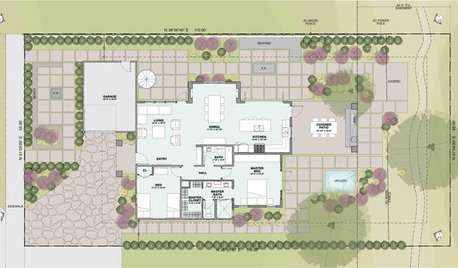
ARCHITECTUREThe ABCs of CAD
Computers help architects produce countless renderings and shorten lead times. But still there's one big thing CAD can't do
Full Story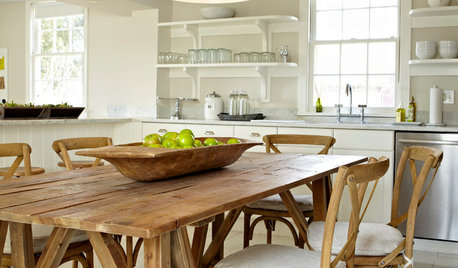
KITCHEN DESIGNGoodbye, Island. Hello, Kitchen Table
See why an ‘eat-in’ table can sometimes be a better choice for a kitchen than an island
Full Story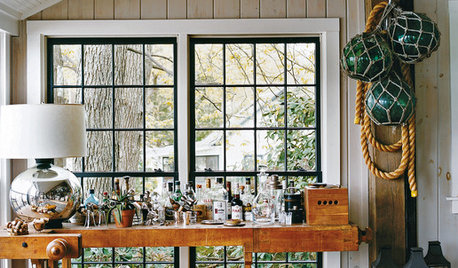
DECORATING STYLESThe Comfy Lake House Rule Book
Bunk up and get the s'mores supplies ready for some old-school lake camp weekending
Full Story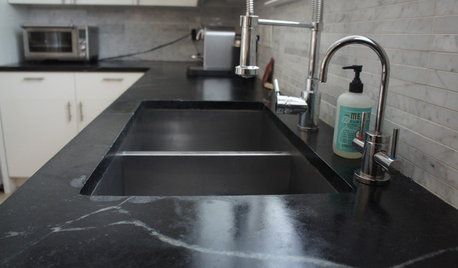
KITCHEN DESIGNSoapstone Counters: A Love Story
Love means accepting — maybe even celebrating — imperfections. See if soapstone’s assets and imperfections will work for you
Full Story
FUN HOUZZ10 Things People Really Don’t Want in Their Homes
No love lost over fluorescent lights? No shocker there. But some of these other hated items may surprise you
Full Story
MATERIALSThe Most Popular Roofing Material is Affordable and Easy to Install
Asphalt shingles, the most widely used roof material in the U.S. are reliable and efficient, and may be right for you
Full Story
HEALTHY HOMEHow to Childproof Your Home: Expert Advice
Safety strategies, Part 1: Get the lowdown from the pros on which areas of the home need locks, lids, gates and more
Full Story
FARM YOUR YARDHow to Grow Vegetables in Containers
Get glorious vegetables and fruits on your patio with a pro’s guidance — including his personal recipe for potting mix
Full Story
KITCHEN DESIGNHouzz Call: What’s Cooking in Your Kitchen?
Most of us turn to recipes, videos and culinary shows when we cook. Where do you set your cookbook, tablet or TV screen?
Full Story







Starlight Botanist
seysonn
Related Professionals
Accokeek Landscape Architects & Landscape Designers · Benbrook Landscape Architects & Landscape Designers · Concord Landscape Contractors · Biloxi Landscape Contractors · Cincinnati Landscape Contractors · Concord Landscape Contractors · North Chicago Landscape Contractors · Pueblo West Landscape Contractors · Milpitas Solar Energy Systems · American Fork Fence Contractors · Antelope Fence Contractors · Cherry Hill Fence Contractors · Hopkins Fence Contractors · Madison Fence Contractors · Midvale Fence ContractorsStarlight Botanist
calistoga_al ca 15 usda 9
Ernie
Ohiofem 6a/5b Southwest Ohio
seysonn
the_yard_guy
danesnpitsOriginal Author
drew51 SE MI Z5b/6a
seysonn
plantcrazed101
Ohiofem 6a/5b Southwest Ohio
Ohiofem 6a/5b Southwest Ohio